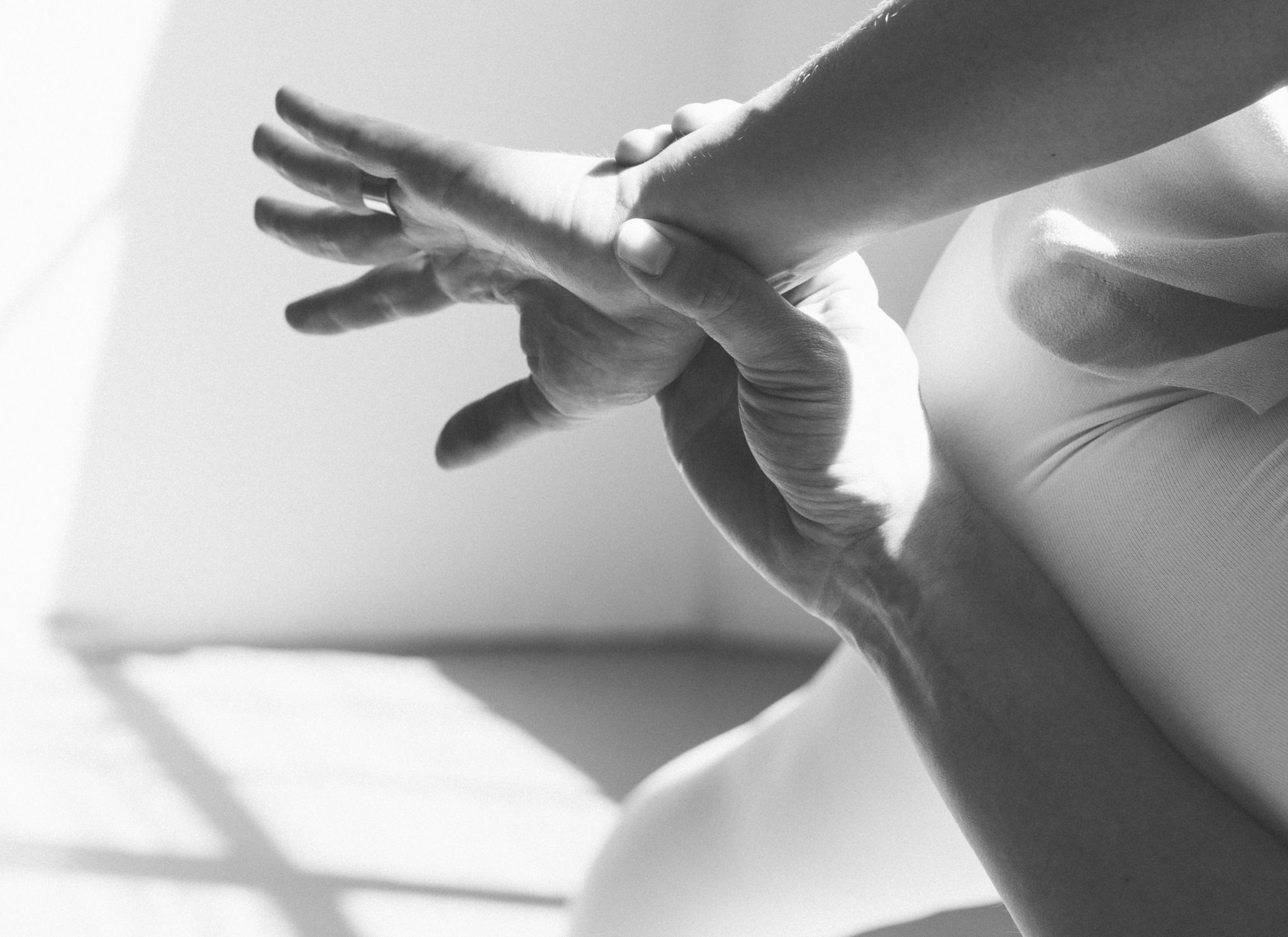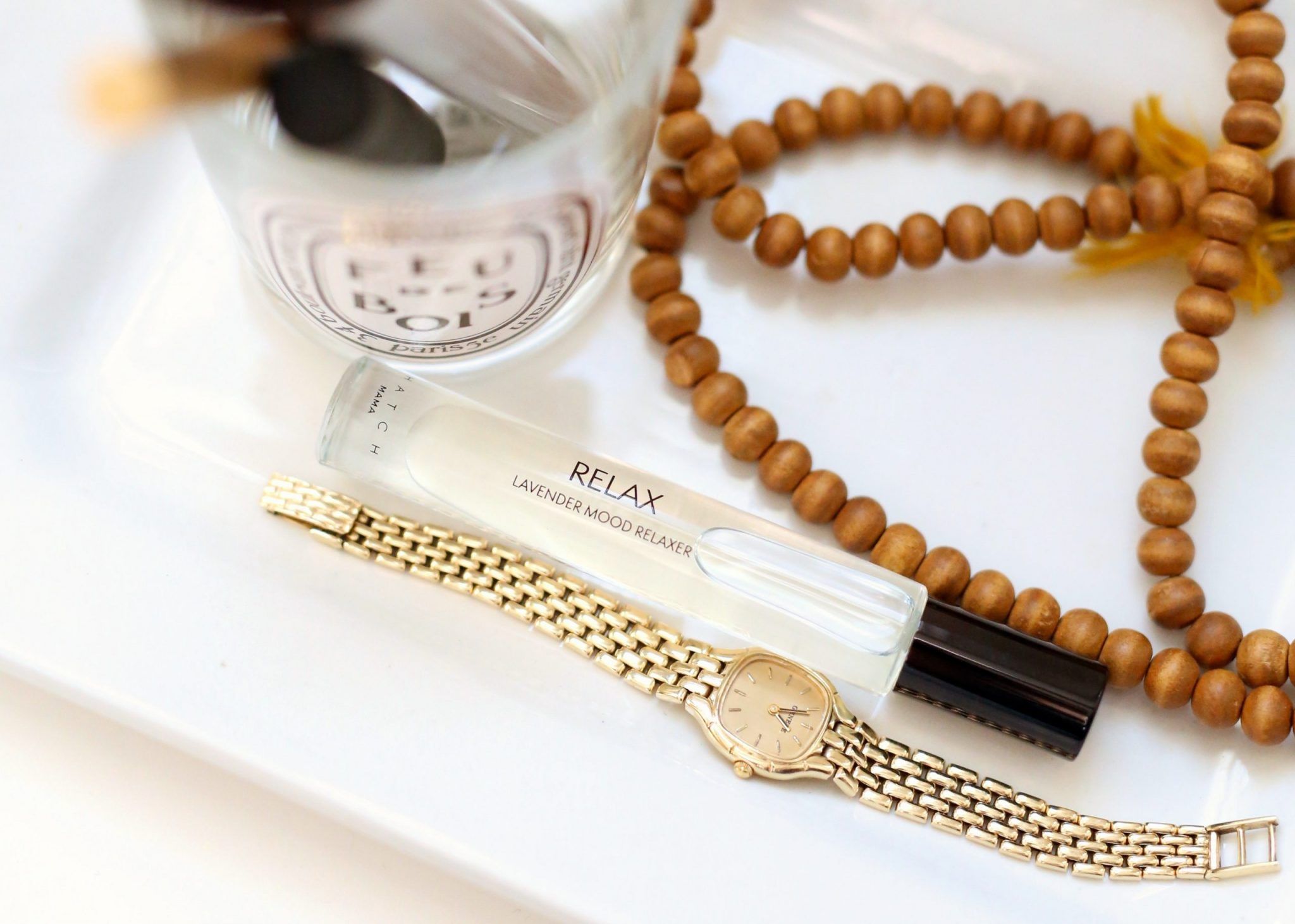A few years ago, I was approached by a photographer who wanted to work with me. In preparation for our shoot, I was presented with a portfolio of postures to consider. As I swiped through my options, I had no choice but to respond with, “Nope, can’t do that one. And, nope, can’t do that one either.” They were all beyond my physical capabilities. Splits, full Vrischikasana with the toes touching the head (look it up), and I can’t even remember what else. We ended up shooting standing poses. I’m not sure if I disappointed the photographer, but it was clear that my practice didn’t live up to expectations.
I think it’s fair to say that there’s a wide range of perspectives on what constitutes an advanced yoga practice. One need only spend just a little time on social media to theorize that, for some, there appears to be great value in impressive feats of acrobatics and extreme ranges of motion. I’m not here to judge; there are many doors into the Self. I do, however, question how these metrics ultimately influence the way we approach a yoga practice.
My personal practice is pretty basic. I continue to learn that just because something looks simple doesn’t mean it’s actually simple. It sure as hell doesn’t mean it’s easy. In fact, I think basic is really, really hard. I like to explore fancy poses sometimes because they can be fun and because they challenge me in a lot of useful ways—but I always find myself going back to the fundamentals. Truth be told, I haven’t really been able to get past the mind-boggling complexity of Virabharasana 2.
The more I practice, the more interested I am in rediscovering what I thought I knew. In fact, I’m mesmerized by the infinite unfolding of the postures. I feel like a beginner every single time I come into Trikonasana. I could write a thesis on Trikonasana—the anatomy, the biomechanics, the alignment, the energy—and still, most of the time, I feel like I have no idea what’s going on in the pose. It’s just like, Wow! Every. Single. Time.
To me, being an advanced practitioner has less to do with what you’re doing and more to do with how and why you’re doing it. It’s not about the pose, but the experience you’re having in the pose. The attention of a mature practitioner is sensitive. And while experience can allow for a broader landscape of awareness, in my opinion, it’s the quality of attention in the moment that determines the level of sophistication with which one practices.
One of the obstacles I face in the classroom is what I can only describe as chronic finality. I see a lot of folks who seem anxious to “do” a pose only to then appear equally anxious to get on with it. Every once in a while I get overwhelmed as a teacher by the lack of inquiry, but, while I’ve learned how to leave strategic breadcrumbs, experience has taught me that depth cannot be sold; it can only be revealed when the student is ready. We all have our own divine timing—different seasons, circumstances, and experiences that affect how and when we discover the depths of our practice, but really, the depths of who we are.
Being advanced isn’t about curating a portfolio of impressive postures, or in the achievement of a bigger, better practice. Being advanced is an attitude, a spirit, a state of mind. It’s a willingness to be vulnerable—to see honestly the cause and effect of our actions in real time. Being advanced is about approaching the practice with the wonder and curiosity of a beginner. When our experience in a pose moves our soul, it can deepen our relationship to our practice, but also our life.






Oh. My. God. I LOVE this! Truth for me in every word you say here……I especially love this: ………..”To me, being an advanced practitioner has less to do with what you’re doing and more to do with how and why you’re doing it. It’s not about the pose, but the experience you’re having in the pose. The attention of a mature practitioner is sensitive. And while experience can allow for a broader landscape of awareness, in my opinion, it’s the quality of attention in the moment that determines the level of sophistication with which one practices” ……….and of course your very last paragraph……..you are an amazing teacher and a crazy awesome writer! Much love………….
Gina! Your loving support means the world to me. Thank you so much for your comment. I’m so touched that this post resonated with you. Love, Chrissy
So much YES to everything you shared. Thank you for taking the time to write this. I couldn’t agree more. Thank you.
Hi Rosa! Thank you so much for taking the time to share your comment! I’m so thrilled that you enjoyed this post! Warmly, Chrissy
I ❤️ where you talk about how depth can’t be sold and only experienced by the student when they’re ready. It reminds me of what you would say during teacher training, how we have to meet students where they are. I feel like it’s not our job to persuade students as much as to guide them on discovering their own path.
“willingness to be vulnerable—to see honestly the cause and effect of our actions in real time. ” ohh and this part ???????????? to be real with ourselves and to see ourselves as we are not who we want to be and accept that real hits ???? for me.
Before my training with you I had this ???? in my head that after a month I would be able to do “advanced” poses I would see all over Instagram. Not accepting my body as it was in that present moment and focusing solely on the ideal end goal. And it all started to change when we started discussing abhyasa and vairagya… for me I see that as focusing so much on frosting the cake that I don’t take the care and effort to enjoy and experience the beauty of mixing the butter with the sugar, how they marry so well and are complex on their own …that there’s so much to explore in going back to the foundation in viewing it from different perspectives and relating it back to how does this help me in life. .. how understanding why and how the subtle elements add to the gross through anatomy, energy and intension. and that just because you can touch you head with your feet on your forearms doesn’t necessarily make you a “better” yogi.. what is the point? Is it just for the photo, pose experience what are you feeling during it? Does doing this pose make me a nicer kinder patient person?
I feel so blessed to have a teacher full of curiosity excitement and just an eloquence with words & life. The way you teach with love kindness yet firmness sparkling energy is like a breath of fresh crisp air + a beautiful tree rooted firmly into the ground ⚡️❤️????
Thank you so much for leading me to spark my experiences to forever be a student and to live my yog. To marinate in the questions of my intentions ????
Dear Liz,
There’s an amazing sloka from the Bhagavad Gita which says that it’s unwise to unsettle the minds of others—to drag them towards the trough—and that we should instead act in the spirit of yoga and inspire the same. I think about that idea a LOT. It has moved me to look within and focus on my own self—to walk the walk and embody the principles I’ve uncovered in my own practice.
Watching your personal transformation in teacher training was immensely inspiring to me. Liz, it takes a lot of courage and vulnerability to face the ideas we have in our minds about who we should be and why. You are a beautiful practitioner and a bright spirit. I’m so happy you’re out there teaching and sharing all of the wisdom that bubbles up from your practice. Thank you for your sweet words. Hope to see you in class soon!
Much love,
Chrissy
Oh Chrissy, Mille Tak, (1,000 thanks in Swedish) for the wisfom that you share so generously. As always, I find things that resonate with me, my practice and my experience. The concepts you offer start on the mat and continue to resonate off the mat. I am still chewing on concepts that you brought to your Standing Poses workshop last Saturday. ????
Dear Stephanie,
It’s my sincerest privilege and pleasure to teach you. Everything I bring pours straight from my heart. Thank you for your kind words, but really, thank you for being YOU!
Much love, Chrissy
Love this article! I hesitated to go through yoga teacher training because my personal practice was not “advanced” in the sense that I couldn’t (and still can’t) do many of the show-off postures that require extreme flexibility. Yet I am dedicated to making progress with what I CAN do as well as embracing all eight limbs of yoga (okay, so I hover mostly around 1-4 right now).
Hey Beth! Amen to that! Focus on what you can do and do it to the best of your abilities. I think a sophisticated practice is defined by the quality of our attention in the moment, not by the external form itself. Yoga is relationship and each posture offers an experience—a portal back to ourselves. Thanks so much for your comment! Warmly, Chrissy
Well said. A gymnast can walk into a class and jump into amazing poses but it does not necessarily mean he/she is practicing yoga.
Hey my friend! Agreed. It’s the experience in the pose, not the pose itself. So good hear from you. Much love, Chrissy
Love this. The concept of advanced is generally widely misunderstood which you explained very well. Thanks for a great article.
Hi Bron! Thank you. That means so much.
You’re absolutely right and, btw, somebody actuallt DID write a whole book on Trikonasana only: Prashant S. Iyengar
https://iynaus.org/store/books/alpha-omega-of-trikonasana
Hi Eugenia!
AMAZING! I definitely have to get that book! Thanks so much for sharing the link.
Warmly,
Chrissy
Wonderful essay. After years of striving to get strong and comfortable in inversions I suddenly had to stop them entirely due to a glaucoma diagnosis. Then I had a hip replacement which made standing poses require the horse. I went from being strong and accomplished in class to being the lady in the corner with bolsters and blocks. A valuable lesson in humility, and a reintroduction to mindfulness. Now my practice is deeper, slower, and infused with gratitude.
Dear Tess,
Wow, your story inspires me! So beautiful! It reminds me of a moment last year when I was working through challenges in my life and limitations in my body. I had to modify my practice and take it really, really easy. I said to one of my friends, “Ugh, I miss my practice,” to which she replied, “Honey, this IS your practice.” Her words were a reminder that wherever I am IS the practice. Like you, every limitation, every modification, every injury has given me the gift of perspective, depth, and gratitude. Learning to let go of the attachment to what we think a practice “should” be, or what it means that we can or can’t “do” a pose, opens us up to the full experience of being.
Thank you so much for your comment!
with gratitude,
Chrissy
Thanks for sharing these comments. I am reinforced to learn the basics and learn them well and then break them down and continue to learn them by your sentiments.
Hi Mick,
You’re welcome! I’m so glad this post has inspired you to dig deeper. Happy travels down the rabbit hole!
Warmly,
Chrissy
I have had so many of these thoughts myself to such an extent that I sometimes don’t admit that I have been practising yoga for 26 years now. Although I know better I have felt a sense of shame (almost) that I still struggle with my forward bends even though I love exploring them, seeing how my body responds to my attempts to engage with the pose. Thank you so much for your bravery, it just may encourage me to have the courage to admit to my 26 yr love affair with yoga.
Dear Cathy,
I’m so touched that this post has empowered you to own and celebrate your practice. Yoga is a participation in who and where we are in any given moment. I wish you many, many more rich, wonderful years of practice!
Much love,
Chrissy
I know I’m late to the party on this one (I tend to binge read your blog) but as a tight, stiff, perpetual beginner, this post boosted my heart in a way that only Chrissy Carter can. Also, hate to break it to you, but I’m pretty sure that you’ve written enough about Trikonasana to fill several thesis. Big hugs from Portland. Hope you come teach a workshop here soon – we need seriously joyful and intelligent teachers like you.
Miss you, Kat! Thank you so much for your comment. Sending a virtual hug your way!
Reminds me of Leslie Kaminoff’s “Why teach people how to stand on their hands when they can’t really stand on their feet.” Even seemingly simple poses require lots of detailed attention, constant adjustment and intentional activation, especially when working with muscular imbalances or injuries.
As Instagram shapes the popular perception of yoga, your post is a refreshing reminder to go back to the basics and consider yourself advanced if you can still your mind. As another teacher of mine once said, “Yoga is not about how deep you get in a pose, it’s about how quiet your mind gets while you are in it.”
Hi Dagmar, thanks so much for your comment! I especially love the quote you shared at the end—so true. Redefining what it means to “deepen” a pose, or one’s practice, feels relevant now more than ever.